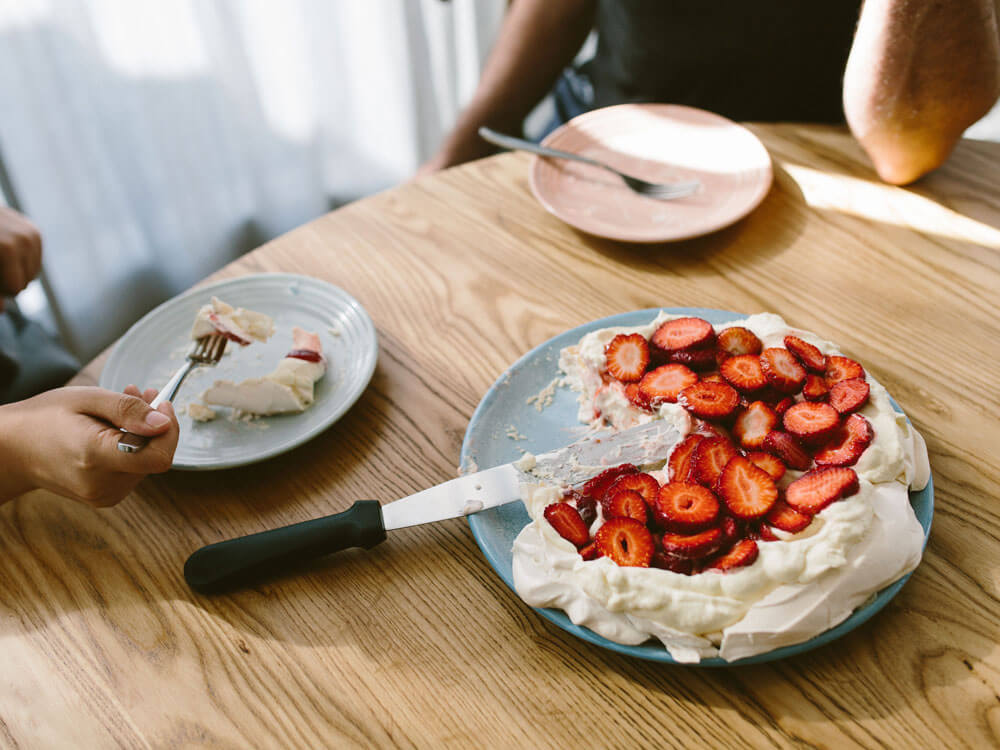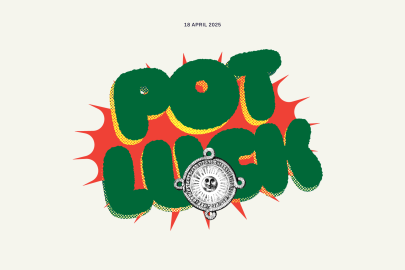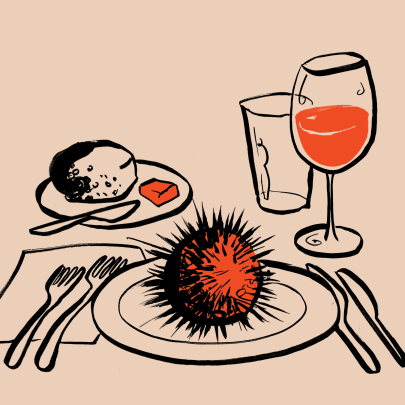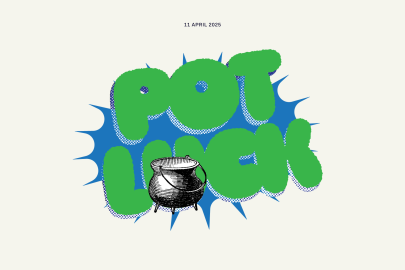Dec 20, 2020 Food
Jean Teng makes pavlova – for the first time – with returning New Zealand chef Peter Gordon to discover the joy of Christmas. Scroll down for the recipe.
Christmas food is, by and large, arbitrary. As a category, it vaguely just boils down to ‘things that can feed a group of people.’ But while anything can be framed as festive if you will it to be, in New Zealand, the term is heavy with colonial tradition. The first-ever Christmas celebration in our waters was thrown by Abel Tasman and his crew, who feasted on freshly killed pork a day after they encroached on Ngati Tumatakokiri land. The second was during James Cook’s expedition in 1769. They didn’t have any geese to make their traditional pies, so they cooked gannets instead.
Even so, the idea of Christmas appeals to some part of my hindbrain, mainly because as a kid growing up in a family that never celebrated it, I was so certain I was missing out. Its imagined ideal has percolated for many years, jigsawed into place by an amalgamation of glossy magazines (White Celebrity Chef Has a Very Kiwi Christmas!), picture-perfect cookbooks and Shortland Street. I envision the passive-aggressive political chatter with extended family; the ‘head of the household’ struggling to carve a lamb leg or ham the size of your head; the maternal figure foisting an extra slice of pavlova on you and then criticising your weight in the next breath; the game of forced backyard cricket in the evening; the drunk but loveable aunt. Somewhere, your gifted cousin is playing the piano and singing carols, and you hate her. It all seemed so singularly awful. Yet, I wanted it… badly.
But just how much is the ceremony of Christmas intertwined with what we eat? What makes Christmas food, Christmas food? And am I really being deprived of an essential part of New Zealand if I’ve never had ham or turkey on some designated day?
I don’t know. So I went to Peter Gordon (Ngāti Kahungunu), chef and recent New Zealand returnee, asking him to bake me a pavlova in hopes I would absorb some Christmas magic.
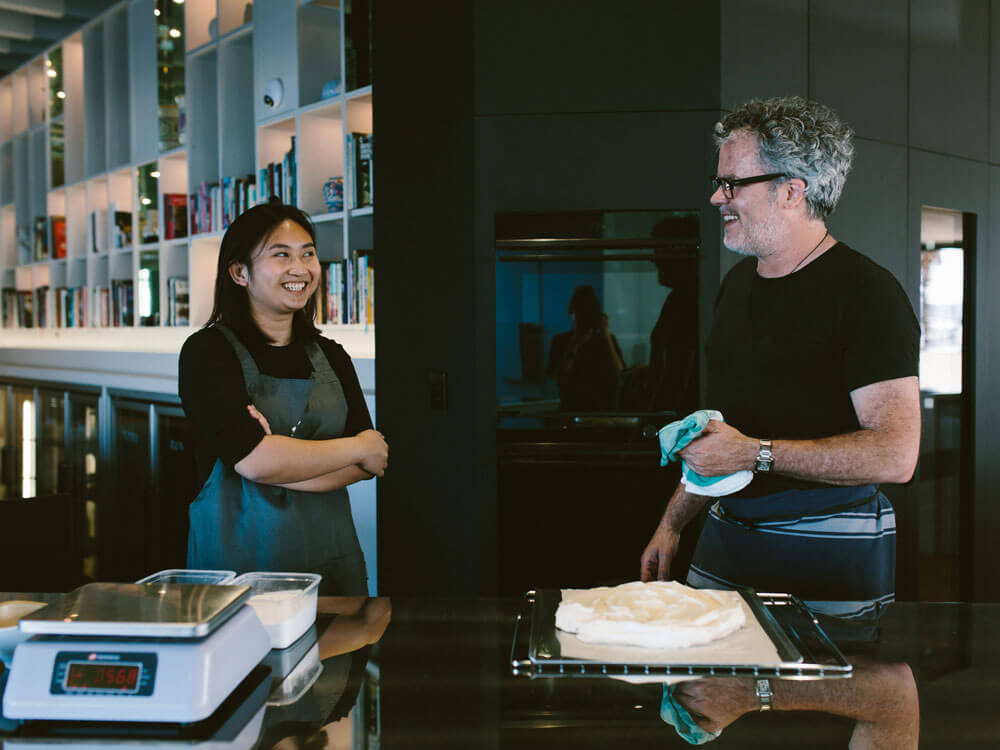
Jean Teng and Peter Gordon talking, baking, who could know. Photography by Jo Currie.
Peter Gordon has spent much of the last 30-plus years in the UK. After returning to New Zealand earlier this year, he’s now in the midst of opening up a new cooking school/restaurant/produce shop in his homeland called, fittingly, Homeland .
The pavlova is his mum’s recipe — the one he grew up on. It neatly taps into that sense of reminiscence which lies at the heart of Christmas; those sentimental tugs. At several points, Gordon checked the printed recipe with one finger. “I wouldn’t want to do Mum wrong,” he said solemnly. His mum, who now lives in Australia, sounds formidable; Gordon tells me she always travels with a electric beater and other baking bits and pieces in her luggage, to use in preference to a more futuristic gadget.
In the UK, Gordon made turkey during Christmas, which he insisted is “simple”. The trick is to not stuff the bird, because tying the legs up will result in uneven cooking and yield dry turkey breast. “Why do you go so traditional?” I asked the acclaimed Godfather of Fusion . “Well, I’m the most non-traditional person every other day of my life, so I like being traditional one day a year,” he reasoned.
The last four or so years before Gordon moved overseas, his family Christmases were spent camping in the Coromandel. This was in the late 70s. His step-mum would cook the ham in Whanganui to take on the trip, and they’d catch fish for dinner. His step-mum, he explained, is cockney, and would insist on Christmas cake, the dense kind, packed with dried fruit. Naturally, they’d fry it on the barbeque, with heaps of butter.
It was my first time ever baking a pavlova, and I’d only eaten it a handful of occasions before. In contrast, Gordon said he must have made the dessert about “oh, two million times”. As we went through the steps, he divulged some tips: clean the bowl you beat your egg whites in thoroughly (or it’ll take longer to fluff up), add a pinch of salt, and don’t put all the sugar in at once. I could tell he had his cooking-school hat on, which he’ll be doing a lot more of in the next few months, teaching and learning from organisations and migrant communities in particular.
When I looked at the finished pavlova, all beautiful and angelic with bleeding blood-red strawberries, it didn’t feel much like Christmas food at all; it was pretty obvious now that food has no innate meaning subscribed to it. But I could tell that to Gordon, and even to photographer Jo Currie, that it did; that the cream on top of the light meringue, perfectly crunchy on the outside, was intertwined with happy, summery memories. It was lovely to see. “Christmas is not the same without a pavlova,” one of them mused.
In some ways, the burden of Christmas can be terrible: it makes people feel lesser for not being able to provide enough, or not being able to provide the right type of enough. But while the expectation to adhere to tradition can be crippling, it can also have immense power in creating a sense of belonging and collective social consciousness. That’s why I like to think of traditions as important, as long as they’re yours, and as long as you want to do them. And screw the ones you don’t. We’ve evolved out of promoting a single version of aspirational Christmas, that arbitrary category that can make some feel so alienated and small. Especially as it doesn’t really exist, anyway.
I bit into a messy slice of pav, letting the cloud-like cream collapse into the crisp shell. For me, the pavlova just invoked joy of a baser level. Delicious.
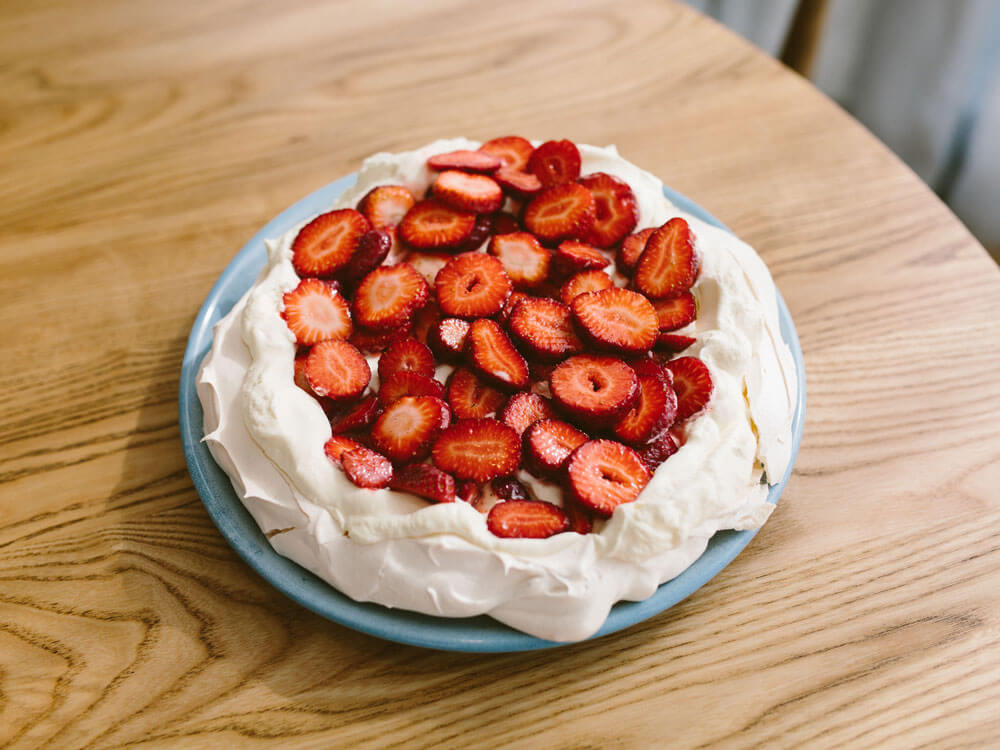
Timmy’s Pavlova by Peter Gordon
Mum (Timmy) makes the best pavlovas and one of our little rituals is that she always makes me one when I come to visit. She’s also been known to take her electric beater on holiday to my siblings’ houses so she can make them one with her preferred tools. Mum serves her pavs with whipped cream and fruit.
INGREDIENTS
Serves eight
FOR THE PAVLOVA
3 large egg whites
190g caster sugar
1 tbsp corn four, sifted
2tsp vinegar
FOR THE STRAWBERRIES
500g strawberries, sliced
2–3 tbsp icing sugar
1/2 tsp finely grated lemon zest
FOR THE CREAM
300ml cream
2 tbsp icing sugar
Method
Preheat oven to 180°C and line a tray with baking paper.
In a stand mixer with a whisk attachment or in a large bowl with electric beaters, beat eggs whites until almost stiff. With the beater still on slowly add the sugar, initially one tablespoon at a time and beating well between each addition. Once half the sugar has been mixed in add the remainder in a slow stream. Continue to beat until all sugar is incorporated and the meringue is glossy.
Sprinkle corn flour and vinegar over the top of the meringue and gently fold together.
Scoop the meringue onto the prepared tray and turn into whatever shape you want, 3–4cm thick.
Place the tray in the middle of the oven and immediately reduce the temperature to 130°C. Bake for one hour then turn the oven off and leave the pavlova to cool for at least an hour.
TO SERVE
Carefully peel the baking paper from the cooled pavlova and transfer the pav to a platter. Spread with cream and top with strawberries. Serve immediately.
Baked pavlovas can be stored for up to three days in an airtight container in a cool place out of direct sunlight.
NOTE: Mum prefers to use malt vinegar when making her pavs, but she says any vinegar should be okay.

